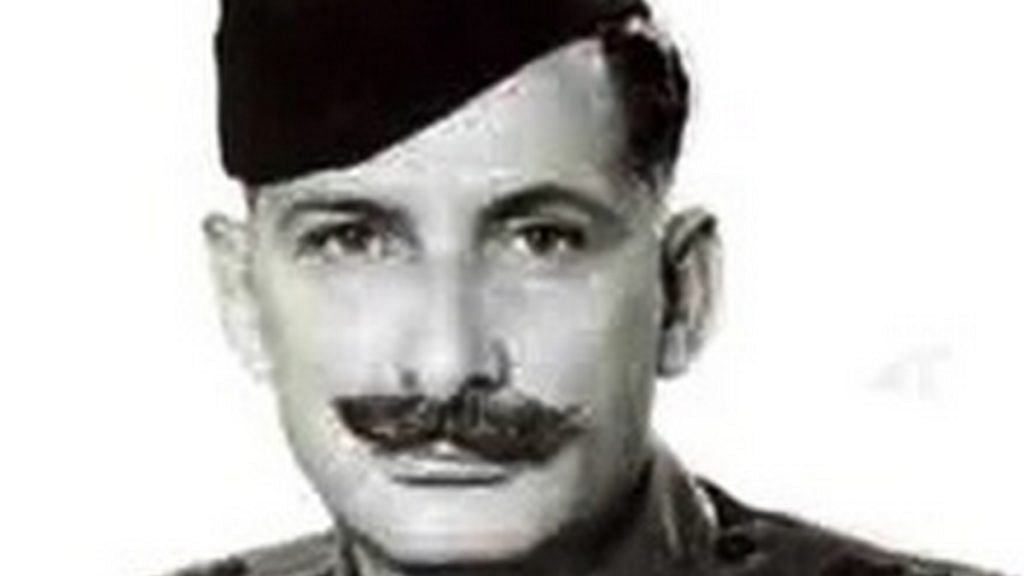Only after the 1965 and 1971 wars, with India having defeated Pakistan and the fear of China having receded a little, was the issue of army recruitment opened up a little. Jagjivan Ram, during his terms as Defence Minister (1970– 1974, 1977– 1978), made efforts to increase the number of Scheduled Castes in the Army as well as the number of new mixed units, something he had previously pressed for when a member of the cabinet.
The Defence Ministry consistently denied this, but a statement by Ram in March 1974 that recruitment was being reduced in Punjab, Himachal Pradesh, and Haryana because of overrepresentation in these areas, though quickly retracted after protests from Sikh leaders and Punjab, suggests that he was concerned with carrying out a prudent rebalancing of the force’s composition.
Also read: Sam Manekshaw, the general who told Indira when Indian Army wasn’t ready for a war
In an interview, Lieutenant General Sinha, who as a Brigadier had been appointed Deputy Adjutant General by General Manekshaw in March 1972, recalled Defence Minister Ram’s efforts to open up the army to Scheduled Castes:
“In 1972 I was Deputy Adjutant General, and Manekshaw was Chief and Jagjivan Ram was Defence Minister. Jagjivan Ram looked over the roll of IMA cadets being commissioned and raised a query re the list sent by the commanding officer of IMA. How many SCs were on the list? I checked up and said 1%.
He wrote a strong note to Manekshaw. Jagjivan Ram wrote to Manekshaw saying that government had decided that there should be a SC reservation of 15% and one for the STs of 7.5%. Why is this not being observed? Manekshaw sent for me. This DM has gone mad, he said, but we have to draft a reply. He knew Jagjivan Ram and I were from Bihar. I found in the files a note that said that when reservations were introduced there was a clause that said that this would not apply to the army.
So in my reply I said that this was the case. But that as far as ranks below officers were concerned we have more than 15% Scheduled Castes already in the army. We have the Mahar regiment, and every battalion has 75– 100 depressed classes as sweepers, cobblers, dhobis etc. In terms of officers we had hardly any SCs in 1947 but we are making progress and now have 1% and it will grow further.
Also read: Jagjivan Ram, Dalit champion with world record as parliamentarian who almost became PM
Since 1947 we have had continual conflicts and preparations for conflict. Under these conditions we cannot compromise national security. I accept it if the Minister wants to take action against me.”
As Sinha told the story, “But of course [with Manekshaw] the hero of 1971, with these reasons, and as the hero of the war, there was little Jagjivan Ram could do.”
In the officer corps, the recruitment did broaden at the junior level. And as a result of the creation of several new training academies in the 1950s and 1960s and an increase in the ways officers could join up, new officers now came through many different streams, which further lessened the chances that they would coordinate on the basis of common ties and affiliations. But at the senior level, as in 1951, the force was still very much dominated by Punjabis and other members of the traditional “martial castes.”
Reproduced from Army and Nation by Steven I. Wilkinson, by permission of the publisher for South Asia, Permanent Black (copublished outside South Asia by Harvard University Press).
